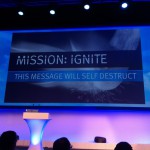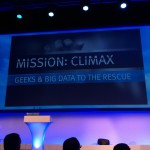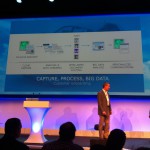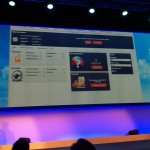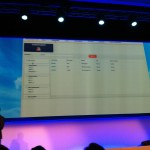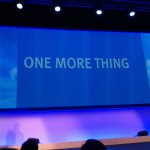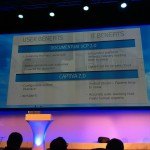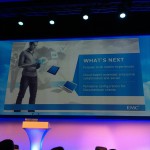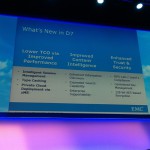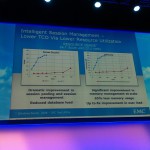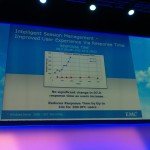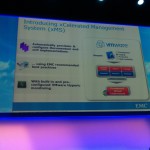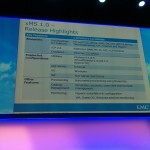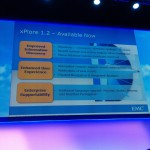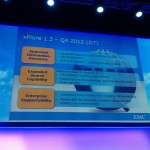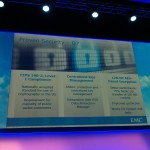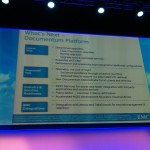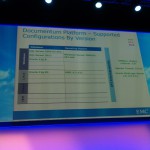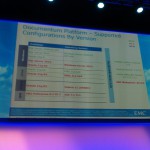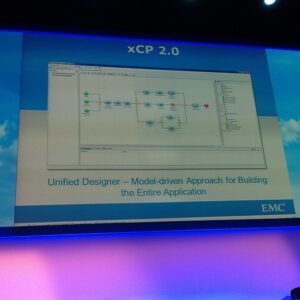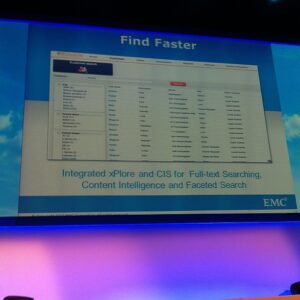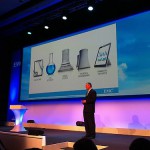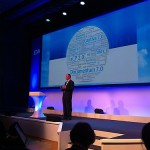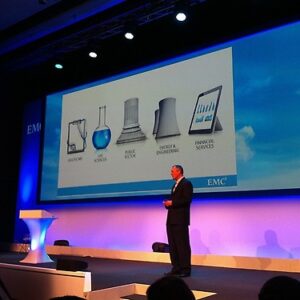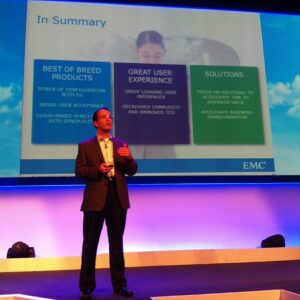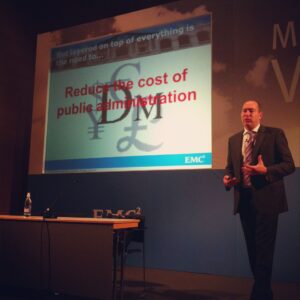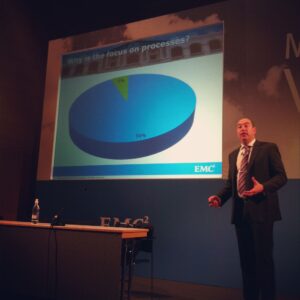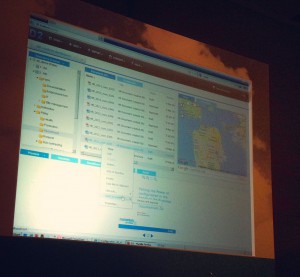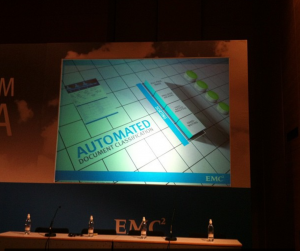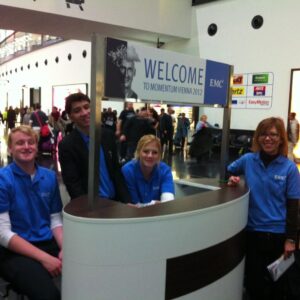The new thing this year is public and private cloud when it comes to Documentum and xCP. It took a while to release xCP 2.0 because they want to have a future-ready architecture.
Principles that have been used when designing xCP:
- Open – ExtJS and Spring Java Framework
- Performance – old Taskspace had some issues with performance
- Unified tooling – support standard source control for team development
- Cloud ready – embrace VMWare technologies
- Future-ready so customers can move from on-premise to cloud tech later on.
Complete application debugging
Key innovations:
- Stateless processes
- Unified expressions and context data models
- Oneclick application deployment from xCP Builder through xMS. Instructions is called a recipes. Driver information and connection string for the database is provide deployment time.
- Easily extended GUI where you can inject HTML and Javascript directly into UI Builder
XForms could not be customized design time because of the Forms engine. Had to be redesigned.
The performance of the stateless engine is really good – can more or less act as a real-time data source. Useful when designing responsive UIs.
xCP generates .war .dar and config-files into an application package
Customer experiences from Streetworx Contract Lifecycle Mgmt:
3 weeks development time for the application.
Builder is quite different from xCP 1.x tools with many new concepts. Documentation is in progress and tools is in process.
Possible to create relationsships between an object representing a contract and an object like a milestone. Powerful abstractions.
They liked that xCP has Web/Enterprise 2.0-style GUI.
No more jumping between the tools which is nice.
One button deploy/test in one tool leads to rapid development.
Changes are propagated throughout the environment.
HTML in widgets is appreciated since it enables a finer control of the UI.
Stateless process:
– no more adaptors
Define input and output and map them to widgets on your page. You can do much more than a single DQL query without having to write a custom adaptor
Result lists are vastly more powerful than 1.x read-only tables
Tritek experiences
Said it was important to not look at xCP 2.0 as an incermental release – it is more major than that.
Bad:
- New Process Templates are unvoidable
- Business Objects take the place from Structured Data Types
- Old artefacts cannot be imported directly into xCP Builder
Leverage rich widget-based UI with ExtJS and the spring framework for agile solution delivery.
- Future is case management, xCP UI is very, very good at case management use cases!
Big change was moving from structured data types to business objects
- Business Objects are like packages, presistent objects that represent case data
- Big advantages to persistent data
- Simplified DQL relationships
Big challenge for custom apps: No DFC equivalent for BO to replace SDT access
Large long-running workflows do not take advantage of xCP 2.0 features.
GA for xCP 2.0 is Q3 2012 – the time as D7
In xCP 2.1 they will have an importing feature that will upgrade some of the artifacts
the degree of manual vs automatic migration is not yet decided.
There is a technology convergence between D2 and xCP user interface technology.
Will there be a developer edition? Not yet decided.
The purpose of xCP is a targeted application which is specific which is different from the existing horisontal mobile application such as Documentum Mobile.
The web application will work on web browsers in mobile. Took out flash, active-x etc which makes it possible.
Possible to generate a set of services and then hook that up to a mobile application which is purposebuilt using iOS or Android.
xCP requires Documentum 7.
